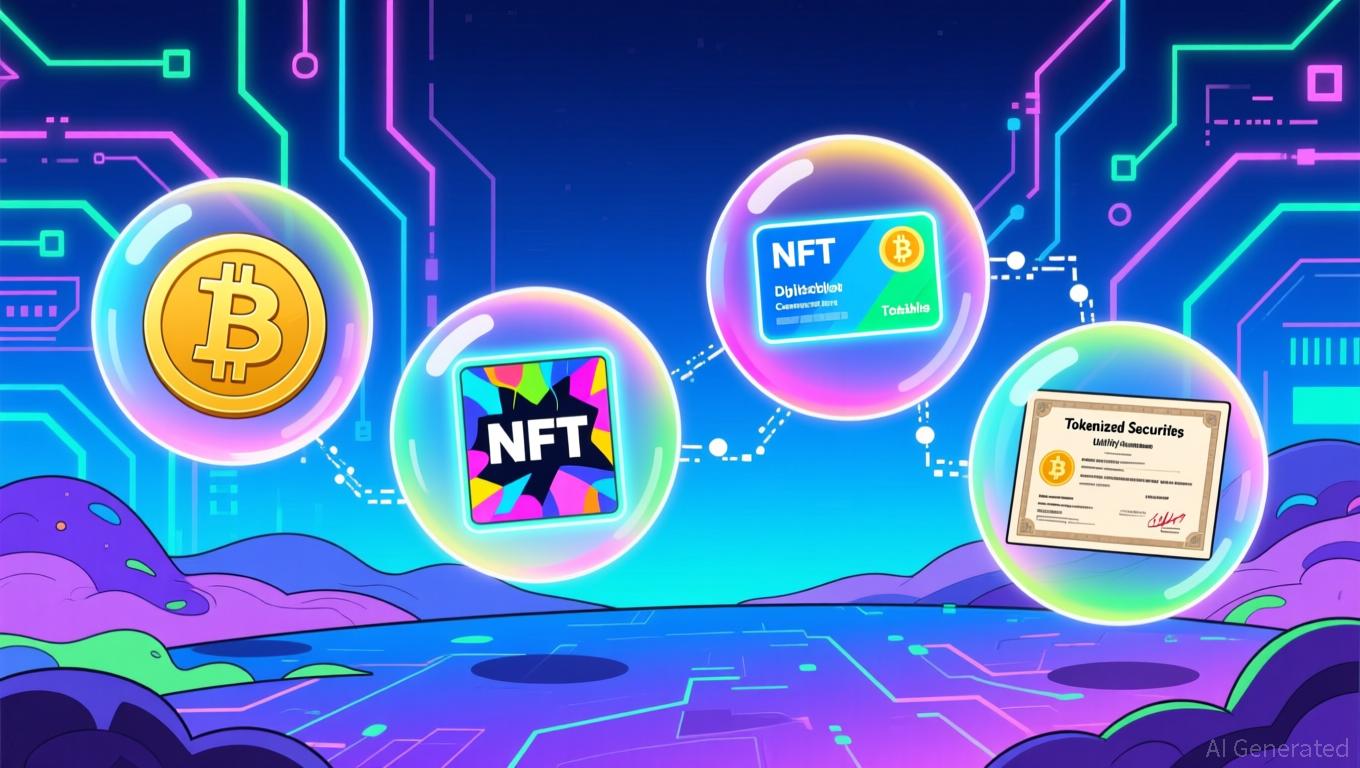Uniswap Latest Updates: Aero Poses a Threat to Uniswap's DEX Supremacy Through Cross-Chain Integration
- Aerodrome and Velodrome merge to form Aero, a cross-chain DEX launching on Ethereum and Arc in Q2 2026, aiming to unify $536M TVL and challenge Uniswap's $4.9B dominance. - The platform integrates METADEX03 upgrades including MEV auctions and dual-engine models, while Uniswap's "UNIfication" plan allocates 0.05% fees to UNI buybacks potentially generating $38M monthly. - Aero's institutional tools and Slipstream V3 aim to capture sequencer fees, but face risks from Uniswap's fee-driven tokenomics and mac
Aerodrome and Velodrome, two prominent decentralized exchanges (DEXs) operating on Base and
The launch of Aero is a calculated move in response to growing rivalry among DEXs. By combining Aerodrome’s $480 million and Velodrome’s $56 million in total value locked (TVL), the new entity aims to compete with
This development comes as Uniswap proposes a “UNIfication” governance revamp, aiming to activate protocol fees and use proceeds for
Market movements reflect the high stakes. After President Trump announced a $2,000 tariff dividend, crypto markets rallied, with
Aero’s anticipated Q2 2026 debut could reshape Ethereum’s liquidity ecosystem. By merging Aerodrome and Velodrome’s communities and technologies, the platform seeks to capture a greater share of decentralized trading and address cross-chain challenges. However, its ultimate impact will depend on how well it executes against Uniswap’s fee-driven token model and the broader economic context shaped by Trump-era policies. As Dromos CEO Cutler remarked, “Just as the world came online, it is now coming onchain”—a vision now facing the test of fierce competition and evolving regulations, according to
Disclaimer: The content of this article solely reflects the author's opinion and does not represent the platform in any capacity. This article is not intended to serve as a reference for making investment decisions.
You may also like
SEC's Classification Strikes a Balance Between Fostering Innovation and Safeguarding Investors
- The SEC is advancing a "token taxonomy" to classify crypto assets under securities law, potentially reshaping digital asset regulation. - The framework, rooted in the Howey Test, categorizes tokens into four groups, with most not classified as securities. - Collaboration with Congress aims to resolve jurisdictional disputes via bills like the CLARITY Act, clarifying CFTC and SEC oversight roles. - Nasdaq's tokenized trading platform application aligns with efforts to position the U.S. as a global crypto

US Treasury authorizes staking in crypto ETFs

Dogecoin Holds Above $0.1712 as Recovery Triangle Nears Completion

Pyth Network (PYTH) Climbs 10.7% as Descending Channel Formation Tightens on 12H Chart
